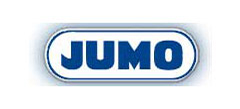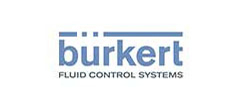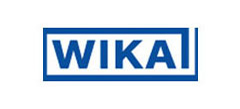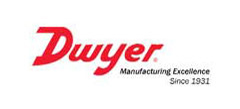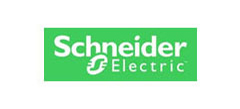- Linear over wide operating range
- Wide temperature operating range
- High temperature operating range
- Interchangeability over wide range
- Good stability at high temperature
TEMPERATURE MEAUSREMENT
Temperature Meausrement
Temperature is measured and recorded in many different applications we would like to support you to choose the suitable thermocouple for your individual application, you will also find customer-specific solutions from us.
RTD Temperature Probes
RTDs - or Resistance Temperature Detectors - are temperature sensors that contain a resistor that changes resistance value as its temperature changes. They have been used for many years to measure temperature in laboratory and industrial processes, and have developed a reputation for accuracy, repeatability, and stability. Most RTD elements consist of a length of fine coiled wire wrapped around a ceramic or glass core. The element is usually quite fragile, so it is often placed inside a sheathed probe to protect it. The RTD element is made from a pure material whose resistance at various temperatures has been documented. The material has a predictable change in resistance as the temperature changes; it is this predictable change that is used to determine temperature. This page will help you better understand RTDs, but you can also speak to our application engineers at anytime if you have any special measurement challenges.
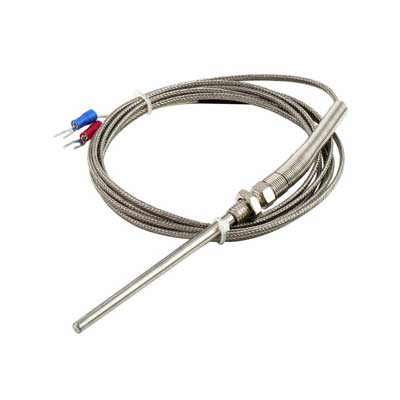
RTD Temperature Probes
Air conditioning and refrigeration servicing, Food Processing, Stoves and grills, Textile production, Plastics processing, Petrochemical processing, Micro electronics, Air, gas and liquid temperature measurement, Exhaust gas temperature measurement
Platinum Ceramic Temperature Sensors
Platinum ceramic temperature sensors use a ceramic tube as the basis for their cases, which contain either two or four wire coils. Platinum ceramic temperature sensors in PK design type are characterized by the widest temperature measuring range of all platinum temperature sensors. However, they are most commonly used for measuring higher temperatures or in the area of analytical and laboratory engineering. Version "H" temperature sensors are used for operating temperatures ranging from -200 to +600 ┬░C and version "U" temperature sensors for operating temperatures from -200 to +800 ┬░C.
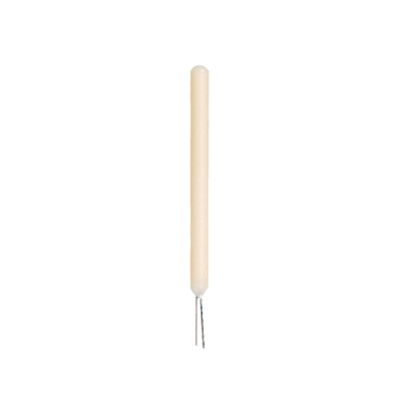
Platinum Ceramic Temperature Sensors
- For temperatures between -200 to +800 ┬░C
- Standardized nominal values and tolerances
- As single or double temperature sensor
- Extended temperature measuring range
- High heat shock resistance
- Excellent temperature fluctuation stability
High temperature applications Steel an Iron Industries Furnace Tempearature measurement
Thermocouples
RTDs - or Resistance Temperature Detectors - are temperature sensors that contain a resistor that changes resistance value as its temperature changes. They have been used for many years to measure temperature in laboratory and industrial processes, and have developed a reputation for accuracy, repeatability, and stability. Most RTD elements consist of a length of fine coiled wire wrapped around a ceramic or glass core. The element is usually quite fragile, so it is often placed inside a sheathed probe to protect it. The RTD element is made from a pure material whose resistance at various temperatures has been documented. The material has a predictable change in resistance as the temperature changes; it is this predictable change that is used to determine temperature. This page will help you better understand RTDs, but you can also speak to our application engineers at anytime if you have any special measurement challenges.
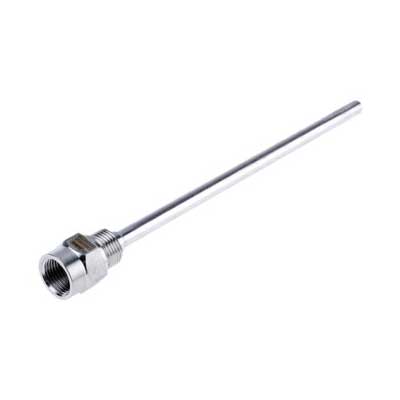
Thermocouples
Temperature range: Most practical temperature ranges, from cryogenics to jet-engine exhaust, can be served using thermocouples. Depending on the metal wires used, a thermocouple is capable of measuring temperature in the range ŌĆō200┬░C to +2500┬░C. Robust: Thermocouples are rugged devices that are immune to shock and vibration and are suitable for use in hazardous environments. Rapid response: Because they are small and have low thermal capacity, thermocouples respond rapidly to temperature changes, especially if the sensing junction is exposed. They can respond to rapidly changing temperatures within a few hundred milliseconds. No self heating: Because thermocouples require no excitation power, they are not prone to self heating and are intrinsically safe.
The thermocouples are suitable for measuring a large temperature ranges. The higher range of the temperature is 2300C. By using the thermocouple, we can measure the gas turbine exhaust, kilns, diesel engines and fog machines. They are suitable for lesser applications, but the smaller range of temperatures is measured accurately. For the small measurement application the devices use are silicon bandgap temperature sensor, thermistor and resistance thermometers are suitable1
Temperature Transmitters
A temperature transmitter converts the thermocouple or RTD signal to a 4-20 mA output signal and is the ideal solution for many remote temperature measurement applications. 4-20ma transmitters have definite advantages over conventional temperature measuring devices, but must be selected with caution in order to avoid ŌĆ£ground loopŌĆØ problems. In many cases, the temperature of a remote process must be monitored. Common temperature sensing devices such as thermocouples and RTDŌĆÖs produce very small ŌĆ£signals.ŌĆØ These sensors can be connected to a two-wire transmitter that will amplify and condition the small signal. Once conditioned to a usable level, this signal can be transmitted through ordinary copper wire and used to drive other equipment such as meters, data loggers, chart recorders, computers or controllers.
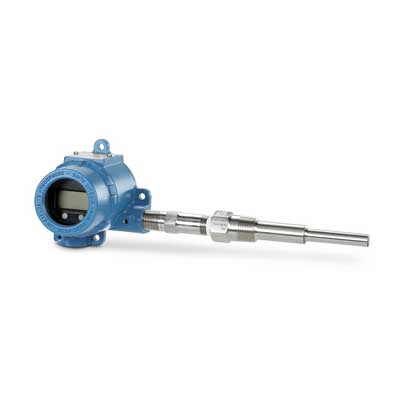
Temperature Transmitters
AC power is not required at the remote location in order to operate a two-wire transmitter The supply of additional power at the remote location is not needed, as transmitters are powered by a low level 4 - 20 mA output current signal. Additionally, the usual 24 Vdc signal necessary for operation is standard in plants that have increased amounts of instrumentation. Electrical noise and signal degradation are not a problem for two-wire transmitter users When it comes to ambient electrical noise, the transmitter's current output signal lends itself to a high immunity. Any noise that does appear in the output current is usually prevented by the common-mode rejection of the receiving device. In addition, the current output signal will not diminish (change) with distance as can be seen in most voltage signals. Wire costs decrease significantly when using transmitters A shielded cable is almost always required by low voltage signals produced by thermocouples when they are sent any significant distance. Ambient electrical noise from ac power lines, motors and arcing electrical relays can raise havoc with these signals that are transmitted in an unshielded cable. Additionally, expensive, heavy gage wire is often installed in applications requiring long cable runs as it decreases errors from signal voltage drops caused by line resistance
Used in many Industries to transmit temperature in 4-20 mA signal from remote Temperature Sensor to PLC or any other control system.
Temperature Controllers
For accurate control of the process temperature without constant operator involvement all industrial thermal process relay upon a controller. The controller gets is inputs from contact temperature sensors like thermocouple, RTD or from a non-contact temperature sensor like an infrared temperature sensor. The controller transmits an electrical signal (current or voltage) to a power switch device which can be a simple relay, a solid state relay or a SCR (Silicone Controlled Rectifier). A temperature controller is an device that is used to control temperature. It does this by first measuring the temperature (process variable), it then compares it to the desired value (set value). The difference between these values is known as the error (Deviation). Temperature controllers use this error to decide how much heating or cooling is required to bring the process temperature back to the desired value. Once this calculation is complete the controller will produce an output signal that effects the change required. This output signal is known as the (manipulated value) and is normally connected to a heater, control valve, fan or some other "final control element" which actually injects or removes heat from the process.
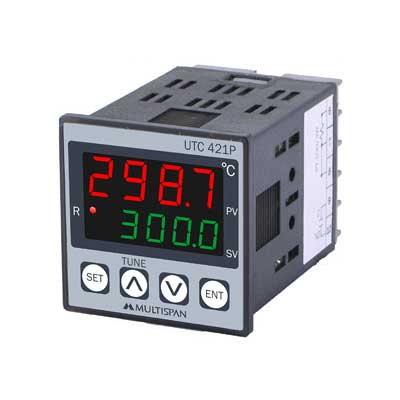
Temperature Controllers
- ItŌĆÖs provides proportional with integral and derivative control
- ItŌĆÖs helps the unit automatically compensate for changes in the system
- ItŌĆÖs individually adjusted or "tuned" to a particular system using trial and error
ON-OFF Control. PID Control according to the process. Controlling load by monitoring Temperature. Fuzzy control for any process, Plastic Processing, Packaging, Ovens, Water Bath, Furnace, Heat sealing, Extruder Machines, Autoclaves for sterilization
Digital Thermostat
A temperature sensor is a device that measures cold or heat as a temperature or temperature gradient. Many applications require some implementation of temperature sensing and measurement. For motors, the operating temperature inside the case is monitored by the processor and set to alarm or shut down at temperatures higher than the normal operating temperature of the motor. If a motor runs at too high of a temperature for too long, it can reduce the life of the motor. Operating temperature is an indication of the general operating health of the motor. Higher temperatures inside the motor case can mean too high of a load is placed on the motor, since as load increases, motor current consumption increases to meet the load requirements.
Thermostats are used to monitor and regulate the temperature of an indoor area. An electronic thermostat senses temperature, such as with a thermistor or thermocouple, and returns an electrical signal to the rest of the heating, ventilation, and air conditioning ( HVAC ) system, indicating which functions (e.g. heating, cooling, etc.) should be enabled. Without some form of thermostat, an HVAC system would have no feedback or control, making it costly, wasteful, and unable to maintain a consistent temperature. Electronic thermostats that keep track of the local time and the day of the week can be programmed with temperature profiles that help minimize energy expenses and maximize comfort.
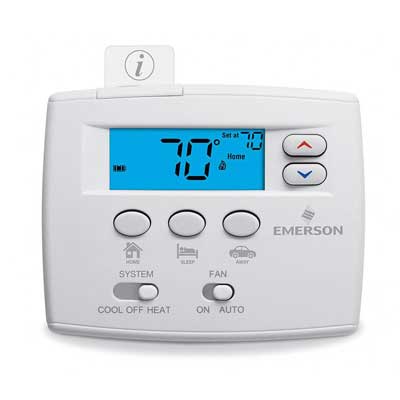
Digital Thermostat
- Keep track of furnace maintenance needs
- Can be monitored and controlled remotely
- Programmability
Building automation, Ventilation and air-conditioning industry, Switching off ventilators, Opening heating valves, Closing air flaps
Wireless Temperature Transmitterr
A temperature transmitter converts the thermocouple or RTD signal to a 4-20 mA output signal and is the ideal solution for many remote temperature measurement applications. 4-20ma transmitters have definite advantages over conventional temperature measuring devices, but must be selected with caution in order to avoid ŌĆ£ground loopŌĆØ problems. Wireless Transmitters are useful to send data wirelessly over long distances. In many cases, the temperature of a remote process must be monitored. Common temperature sensing devices such as thermocouples and RTDŌĆÖs produce very small ŌĆ£signals.ŌĆØ These sensors can be connected to a two-wire transmitter that will amplify and condition the small signal. Once conditioned to a usable level, this signal can be transmitted through ordinary copper wire and used to drive other equipment such as meters, data loggers, chart recorders, computers or controllers.

Wireless Temperature Transmitterr
- Wireless Transmission over long distances.
- Sensor can be at remote distances and transmitter can be at long distance.
- Readings can be easily taken wirelessly into PLC or other Control systems.
Building automation, Ventilation and air-conditioning industry, Switching off ventilators, Opening heating valves, Closing air flaps

